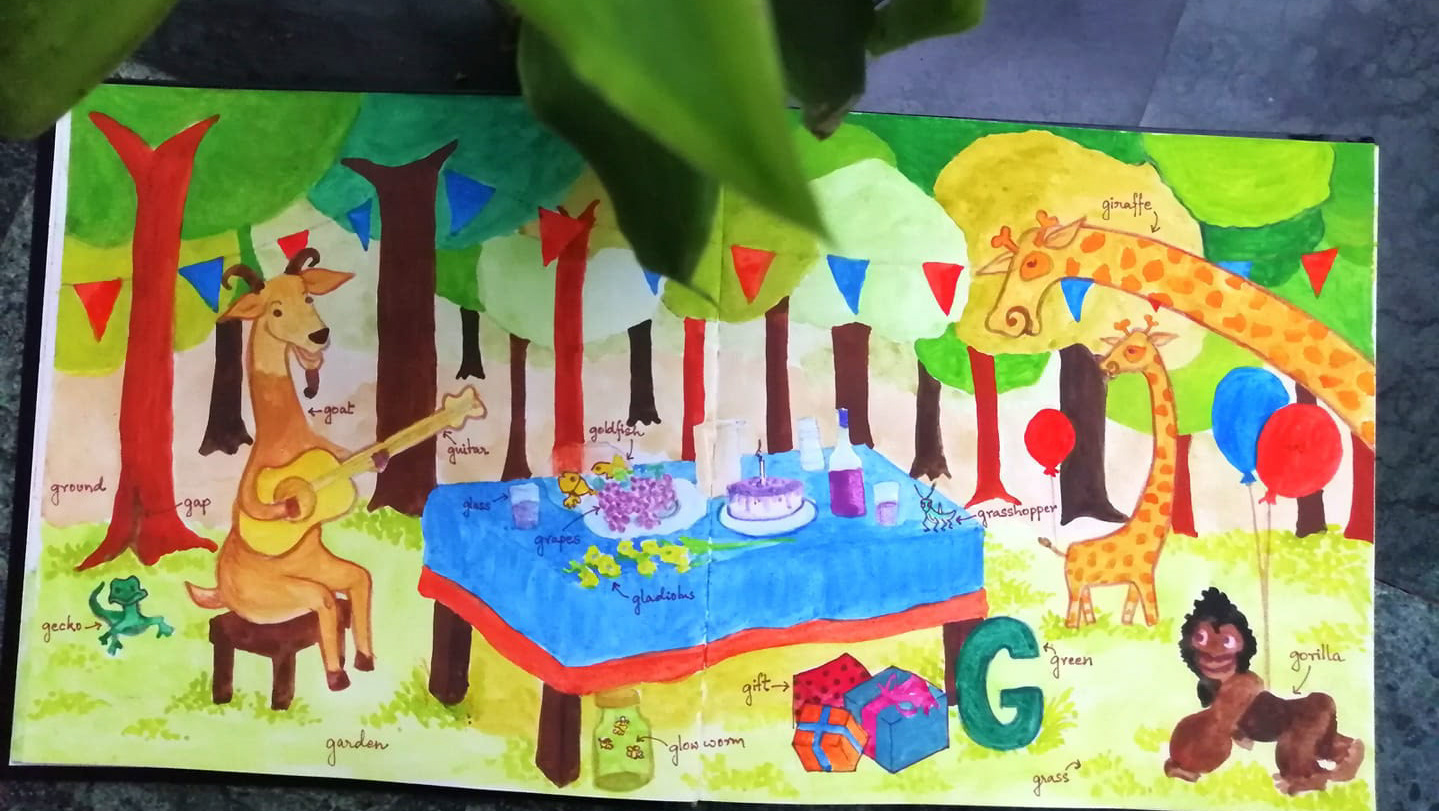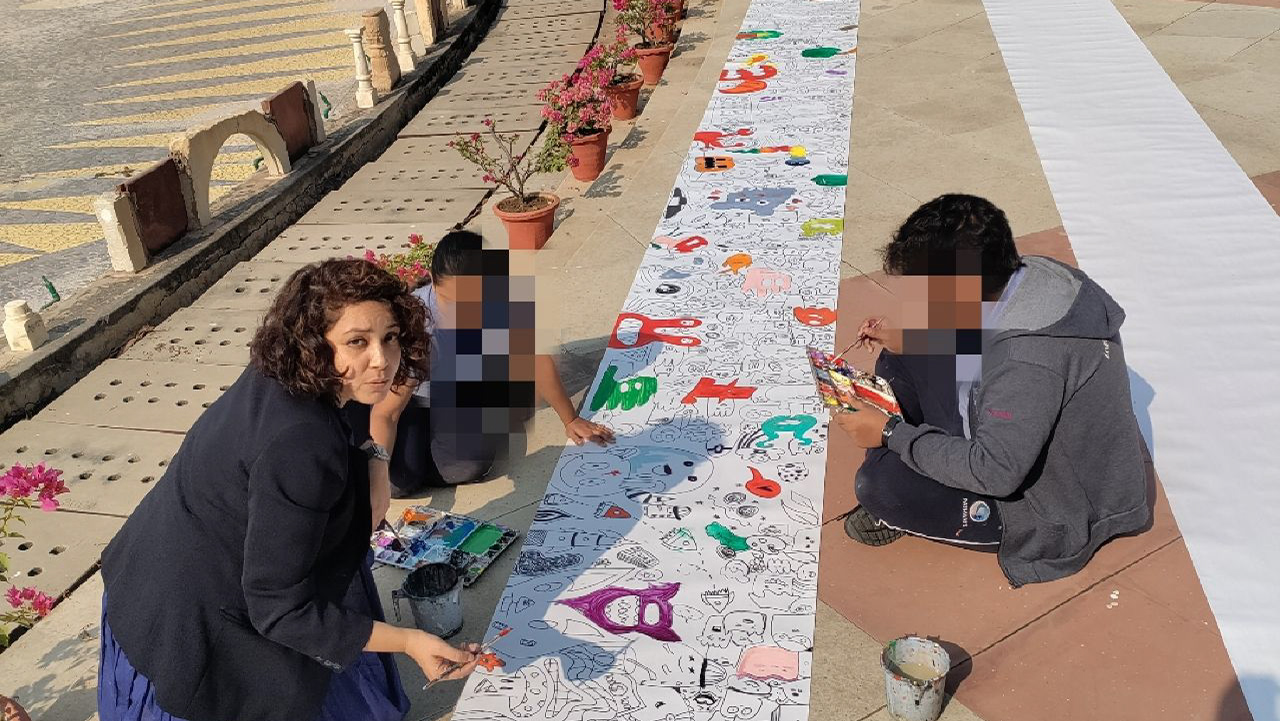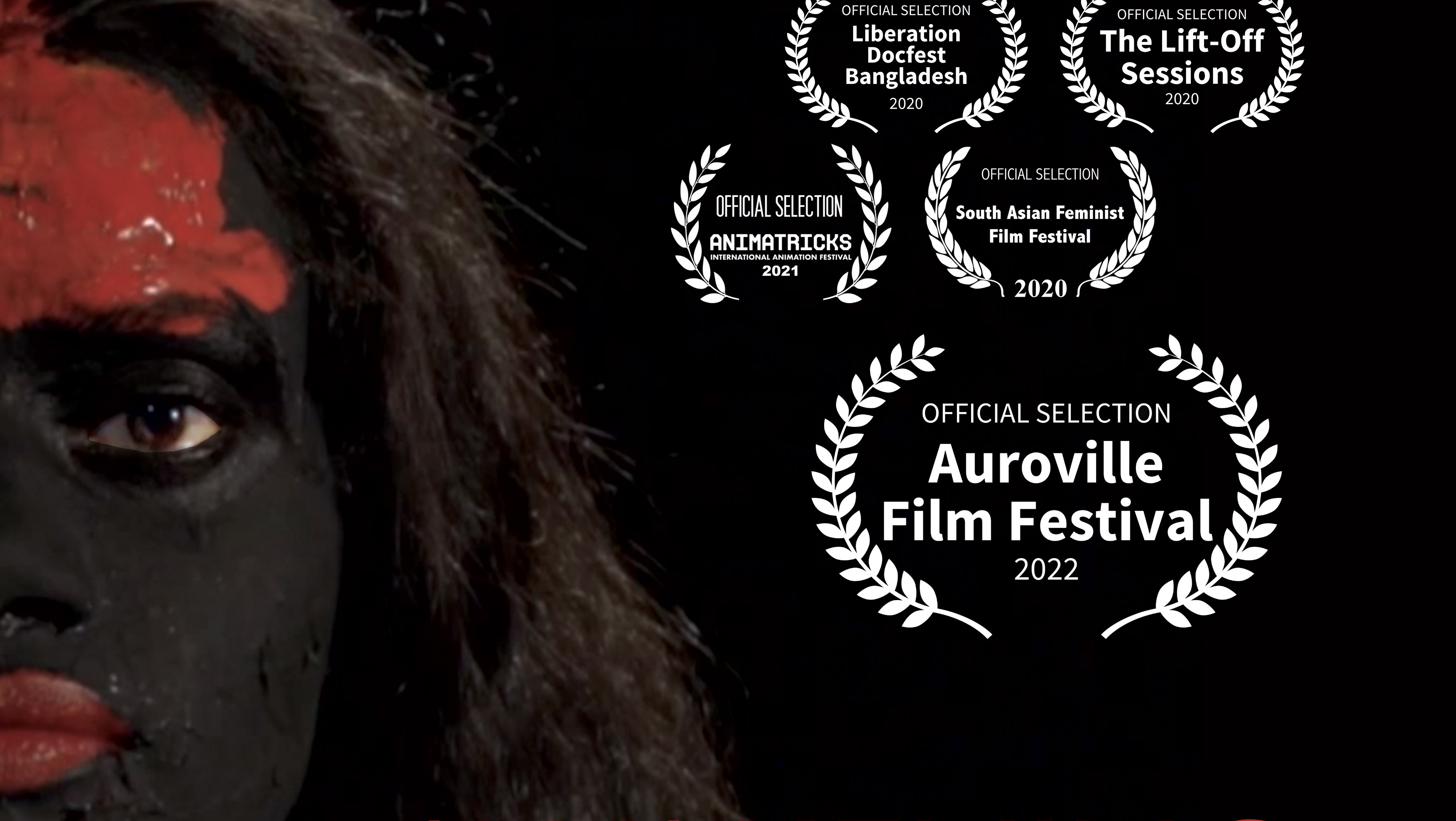‘BOL-The language of Children’ is a not-for-profit organisation with a vision to engage community youth in/with art, contributing towards community filmmaking and empowering them to share their own stories through the powerful medium of art. BOL collaborates with ICSE/CBSC/IB Schools, NGOs, International Film Festivals and Literary Festivals to work on Community Engagement Projects with a focus on training community youth through Expressive Arts and Art Therapy to express diverse concerns that culminate into films, books, music and art installations.
I am the co-founder of BOL along with Shayok Banerjee, a music performer and educator.
Our Journey
India is a land of diversity and every 100 km the language, accent, dressing style, food, culture, art, music and lifestyle changes. My thirst to explore various indigenous art forms was definitely triggered but, not quenched during my years at National Institute of Design, Ahmedabad. So, right out of the Film and Design School, I choose to travel and engage in community filmmaking.
Rather than me being an outsider making films on a distant place and people, I wanted to train the local youth to tell their own stories through their medium/art form and in their own language and music. So, first, we did ethnographic research and participatory observation on the place and people to understand the community better. Then, we collaborated with the local NGOs who helped us with the local logistics and the planning. We formed Child Reporters who collected local folktales, oral narratives, and even local social and political issues. Then, we trained them in stop-motion animation, recording techniques and film shooting. These were often a mixed age group and inclusive. They were 6-21 years of old working together and also school children, NGO children and out-of-school children. Below, I shall share some artworks/books/films created by the participants, during the workshops.
Our first film was made in Neemkenda, in collaboration with Samaj Pragati Sahyog (SPS). The place was rural and extremely dry with arid lands and very little rainfall. Further, they faced the challenges of deforestation. Also, the community did not have a particular art form in itself. So, we told the story of deforestation through sesame seeds, the only crop cultivated there. Watch the film and its making, below: Van-de-Mataram.
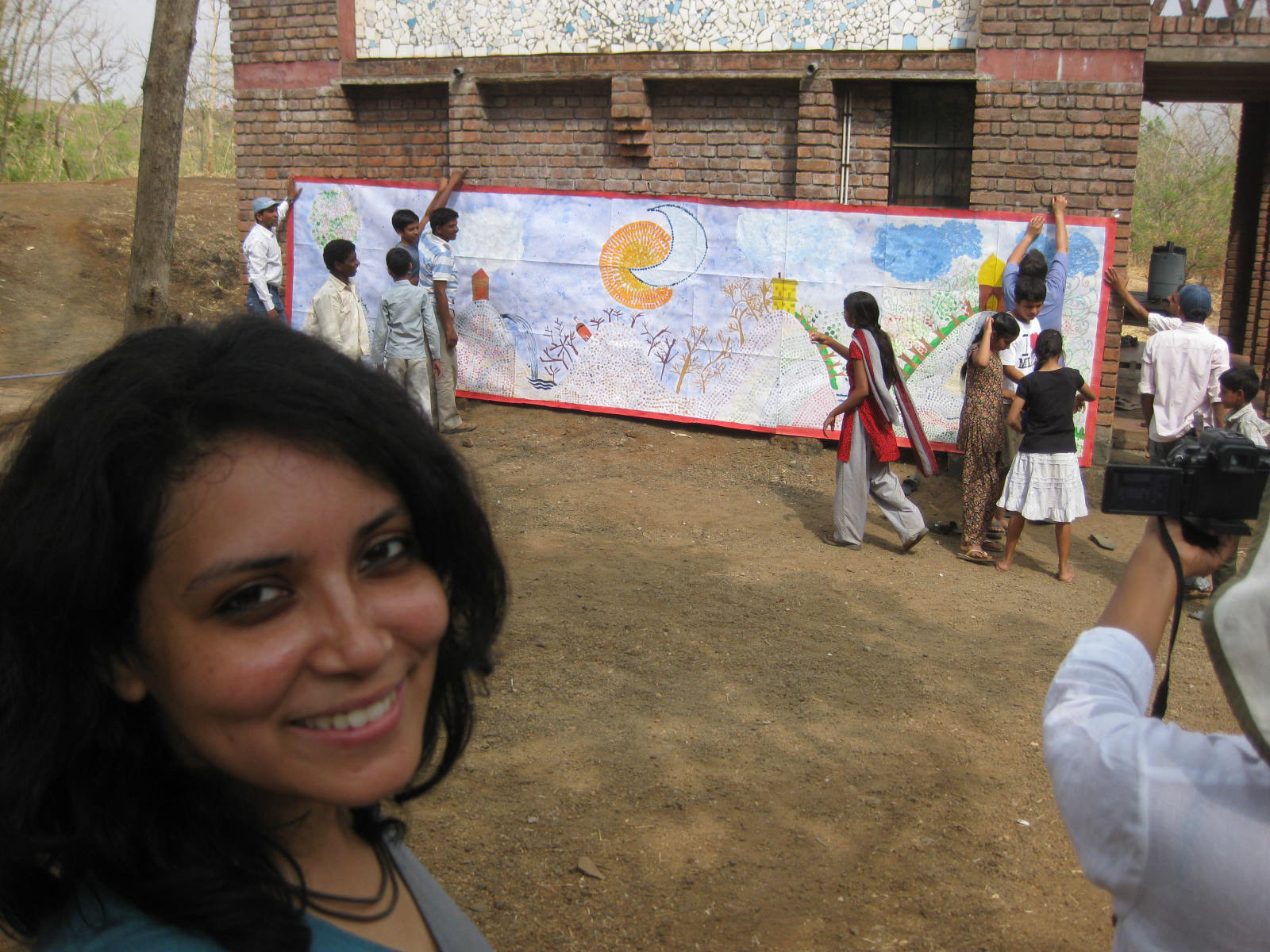
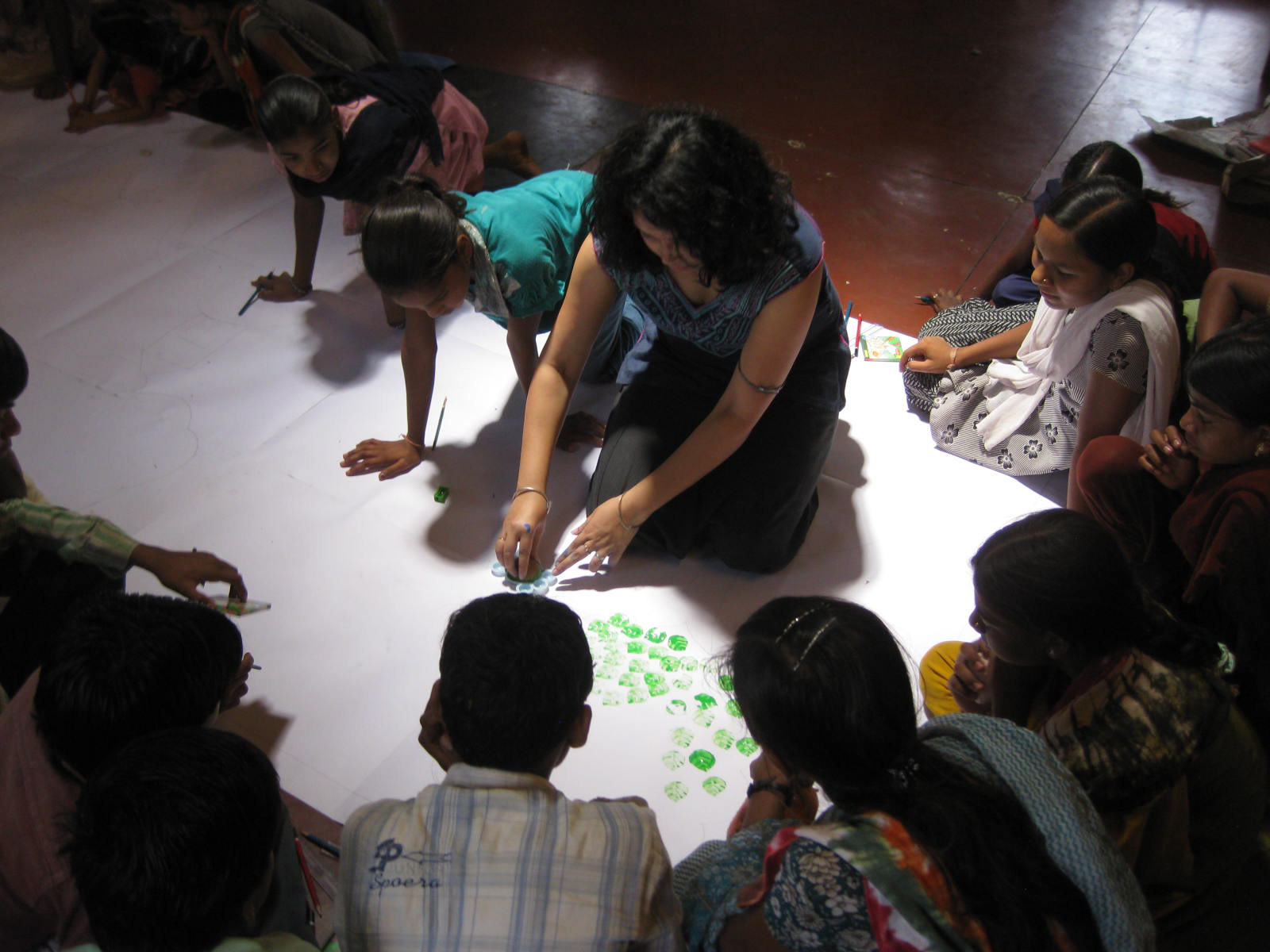
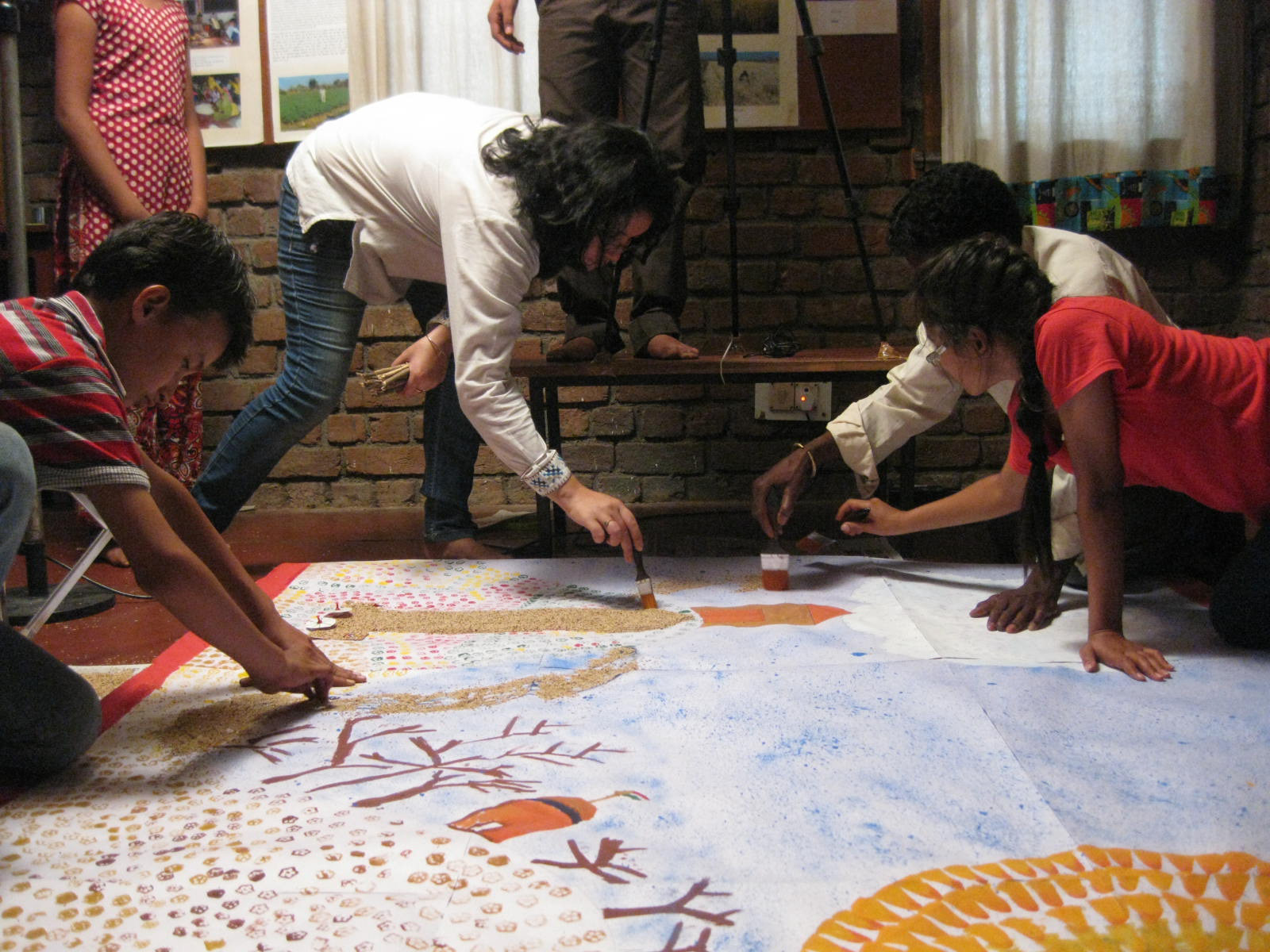
The life of a farmer and his next generations; a common story of the common man seen through the eyes of a child in Jharkhand. In Kowar Katha social problems like child marriage, overpopulation, domestic violence, and gender bias are portrayed through a skit, enacted by the children captured through stop motion sensibilities. The film and the making/process and pedagogy are shared below.
Khawishein or Aspirations is a beautiful music video made in Rapar, Kutch that speaks of the dreams of little out-of-school children and their aspiration to go to school. The animated short film was made by the children from Gram Swaraj Sangh in Kutch, Gujarat in July 2012. Kutch has a rich diversity of art forms, like weaving, embroidery, hand prints and mud work. BOL chose the art form of mud work as it offered a wide canvas for experimentation with animated characters. This was a medium practised in every household and the children from the community had grown up seeing it. Further, the music video used some indigenous musical instruments and Shayok also designed one for the film.
One of the most challenging ones, and also one of the most satisfying works of BOL was a Jungle Dance at Mentaid, Kolkata, one of the most amazing schools for children who are differently abled. They created beautiful characters, cut them out, and painted them. They sat down together to create the lovely jungle background for the story that emerged from our interaction with them. They loved to sing and dance, they loved animals. Jungle Dance was born.
By this time, quite intuitively, we started reflecting on our process, pedagogy and workshop modules. We presented out works/films and shared the process at various International Film Festivals and Conferences.
Storytelling came out as a very strong and effective tool for expressive arts. I'll share an example. At New Light, we were working with children born in the red-light/prostitution areas of Kalighat, Kolkata. During a storytelling session, a little 5-year-old, narrated a story of how a Papa Elephant sold the Baby Elephant for a bunch of bananas. She symbolically represented the trauma that children face, almost every day, in their community. Below is a film where the jungle animals protest and trap the forest poacher. Human trafficking is on the rise. They are treated like animals and brutally negotiated for money. Children and especially girls form the majority. In an attempt to capture this from a philosophical perspective, and how the power of Unity could save the victims, this is a unique expression by the children of New light to raise their voices against Child Trafficking. This Film is an outcome of the workshop with the children, supported by New Light, conducted by Bol, thus sensitising children in a unique storytelling format, as well as inspiring them on the power of unity.
Project: Stand Up For Women, Stand Up for Peace
Organisation: Yangon Film School (YFS)
12 non-film community youth were selected from all over Myanmar for a docu-animation workshop at YFS under my animation mentorship. The students interviewed women in conflict zones and IDP camps; and collected real stories to make these animated documentaries.
We took care to animate the audio so that it would not only reflect the women's stories but also their needs, pain, aspirations and desires. These docu-animations on gender-based violence take a brave step for the inclusion of women in the peace process. Four films were produced and each of them explored a different animation medium, based on the story.
In 2018, we at YFS made the second series of animated documentary films on 'stories of friendship' in communal hit Myanmar, titled, 'Of Peaceful Days'. Four films were produced where each of them explored a different animation medium, based on the story. Due to security and safety reasons, we could publish only one.
During the COVID19 Pandemic, we at YFS continued training the students through commissioned films addressing issues of ethnic discrimination, discrimination of disabled people, land transfer rules that excluded women, women rights in land protection, loss of jobs during the pandemic and discrimination due to COVID19. We created 8 shorts till date and continue making more through online collaboration.

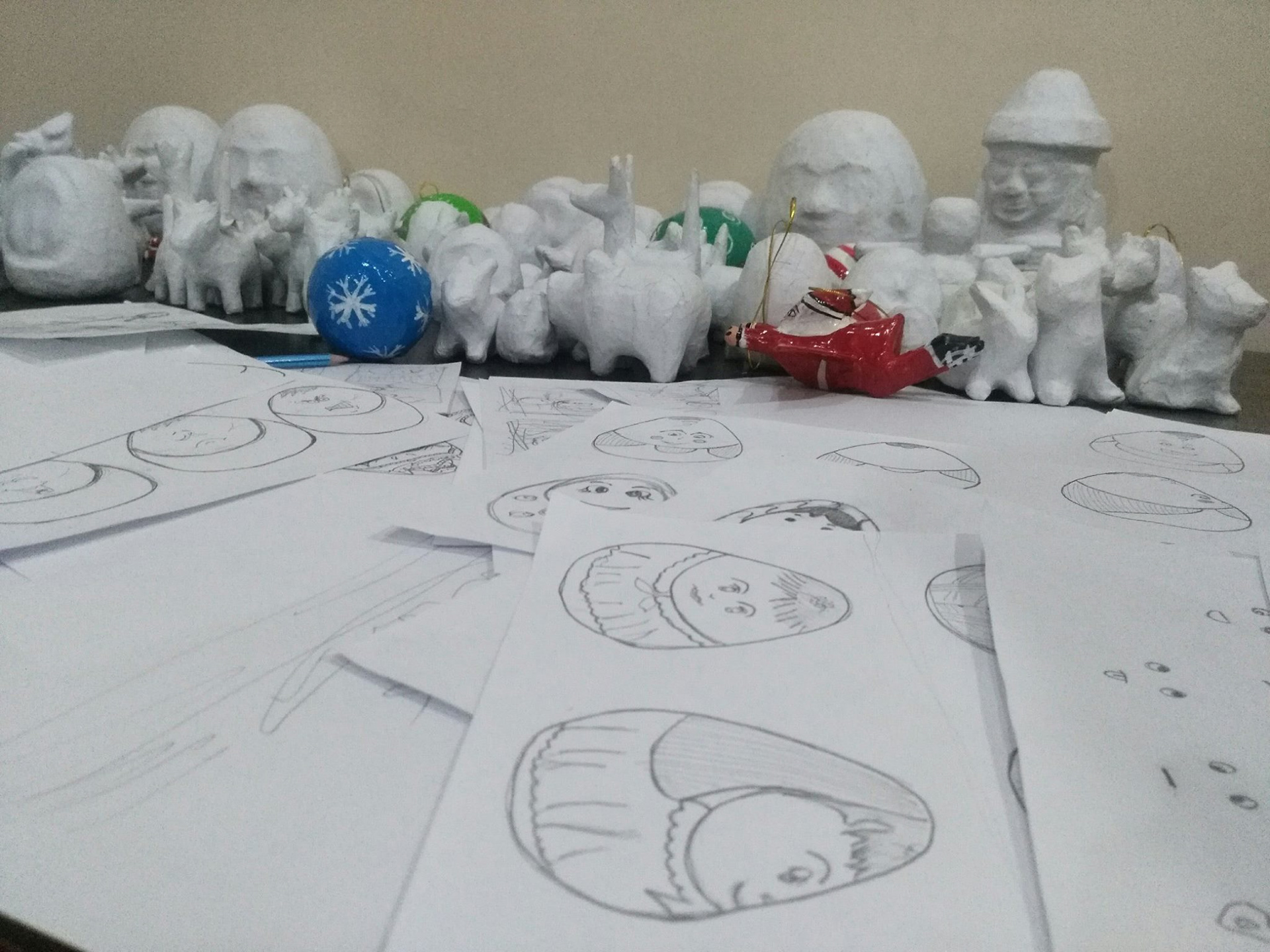
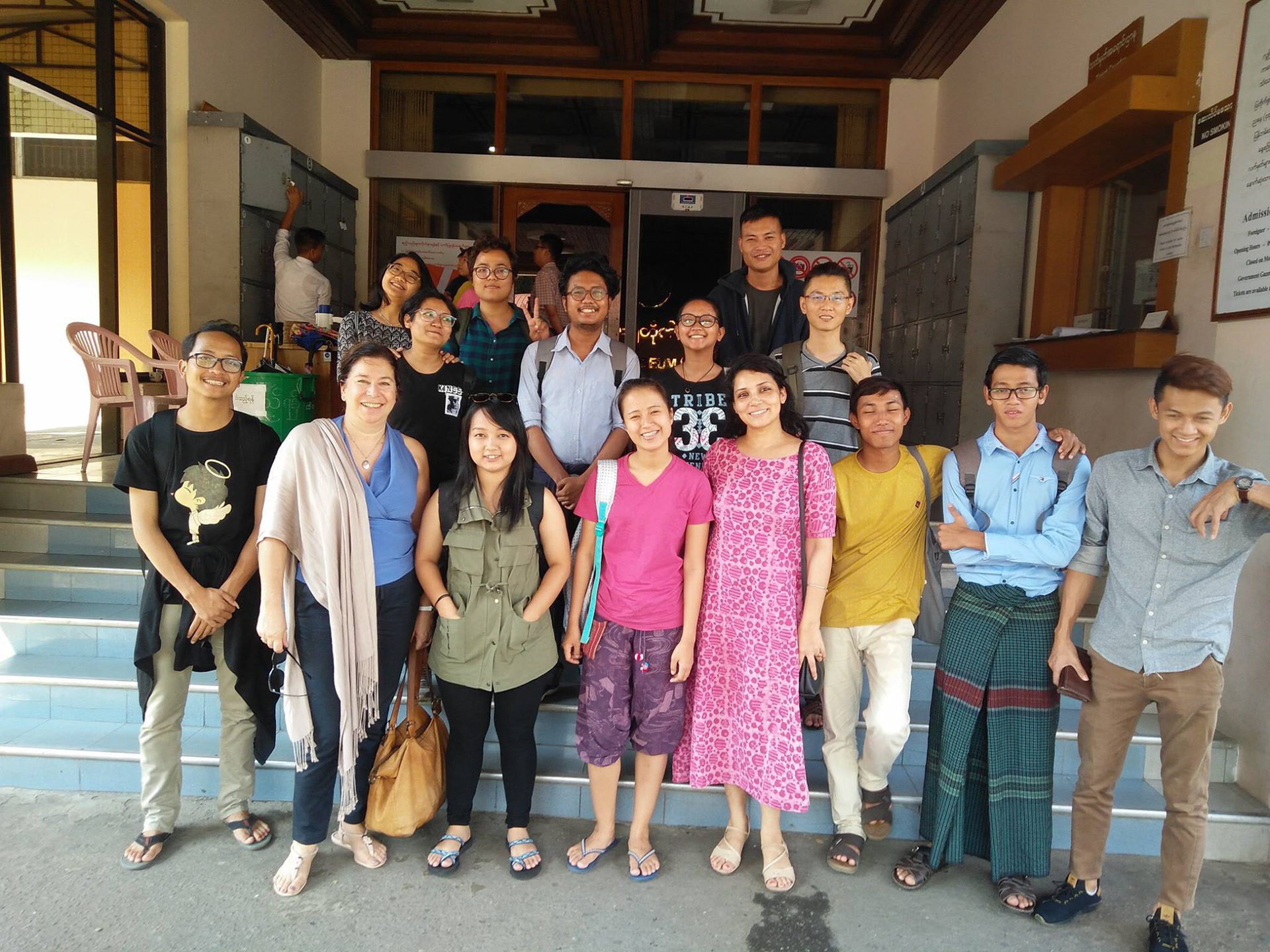
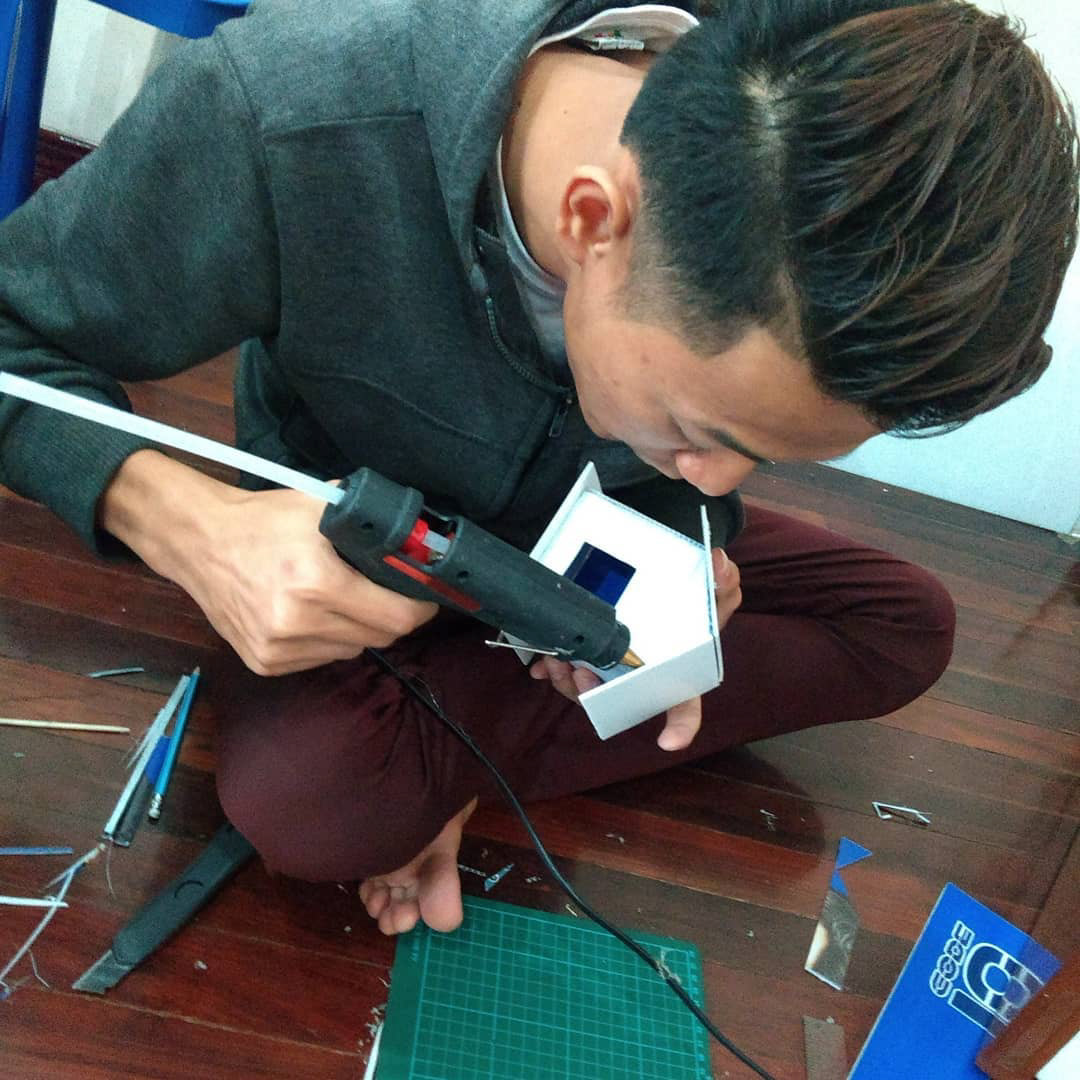
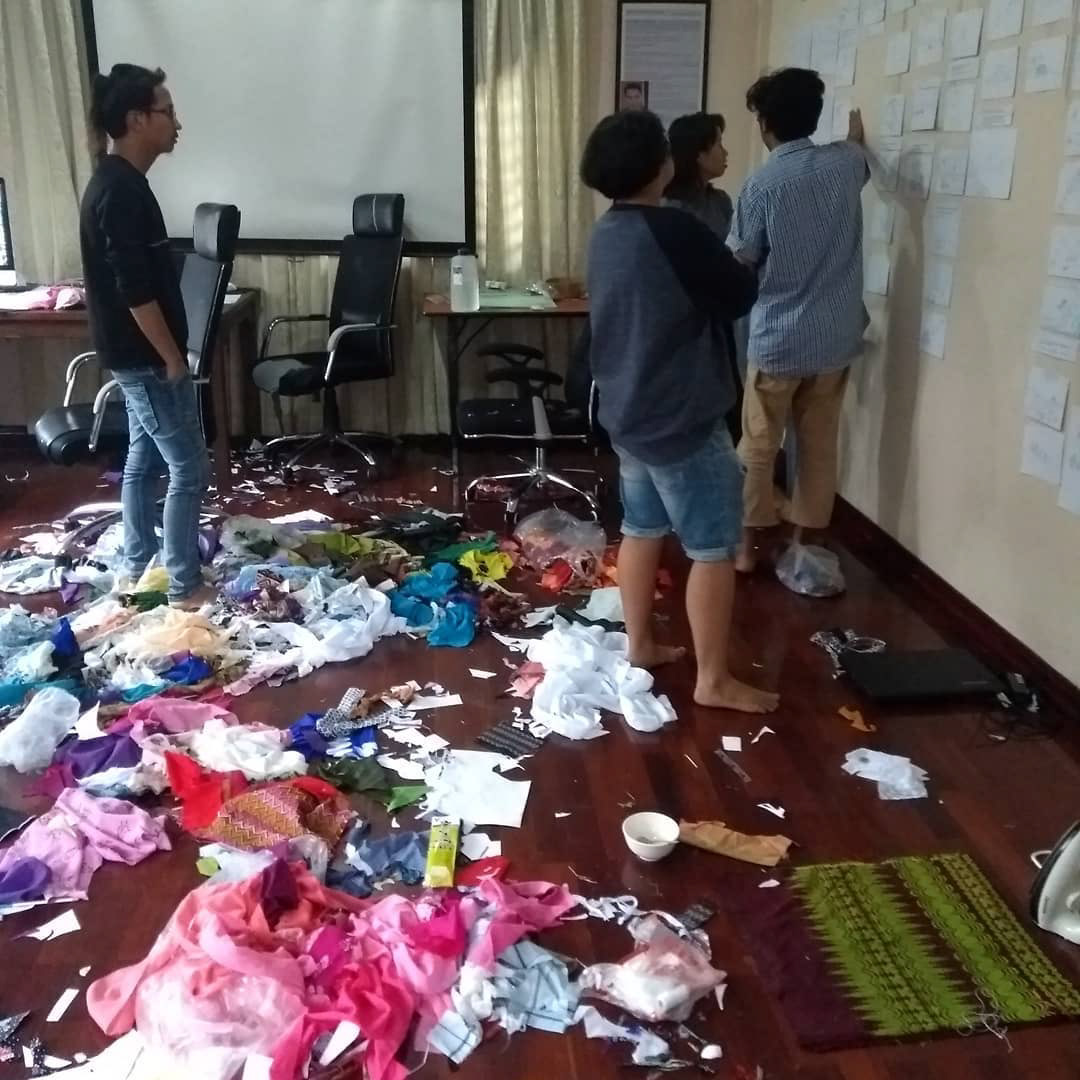
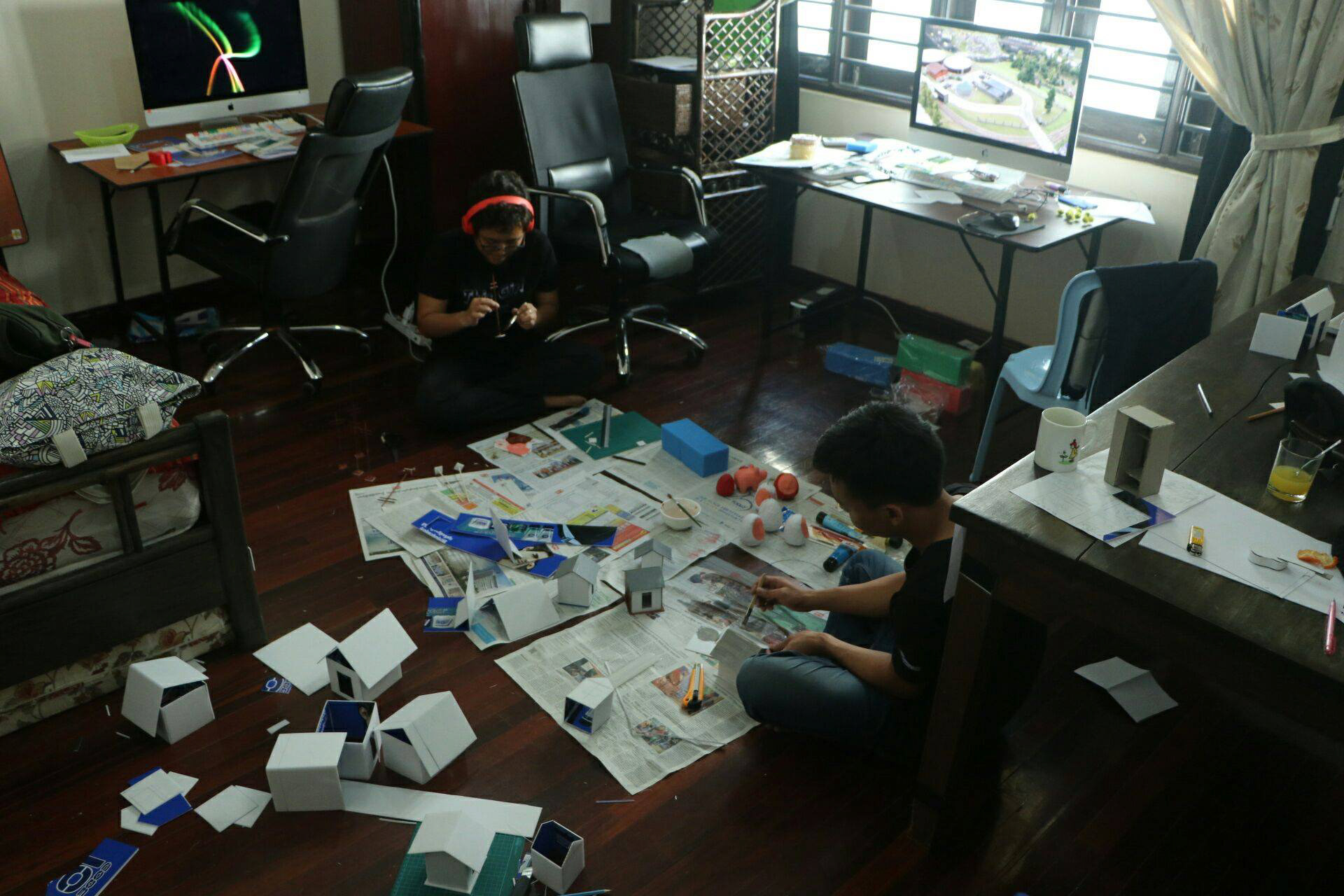
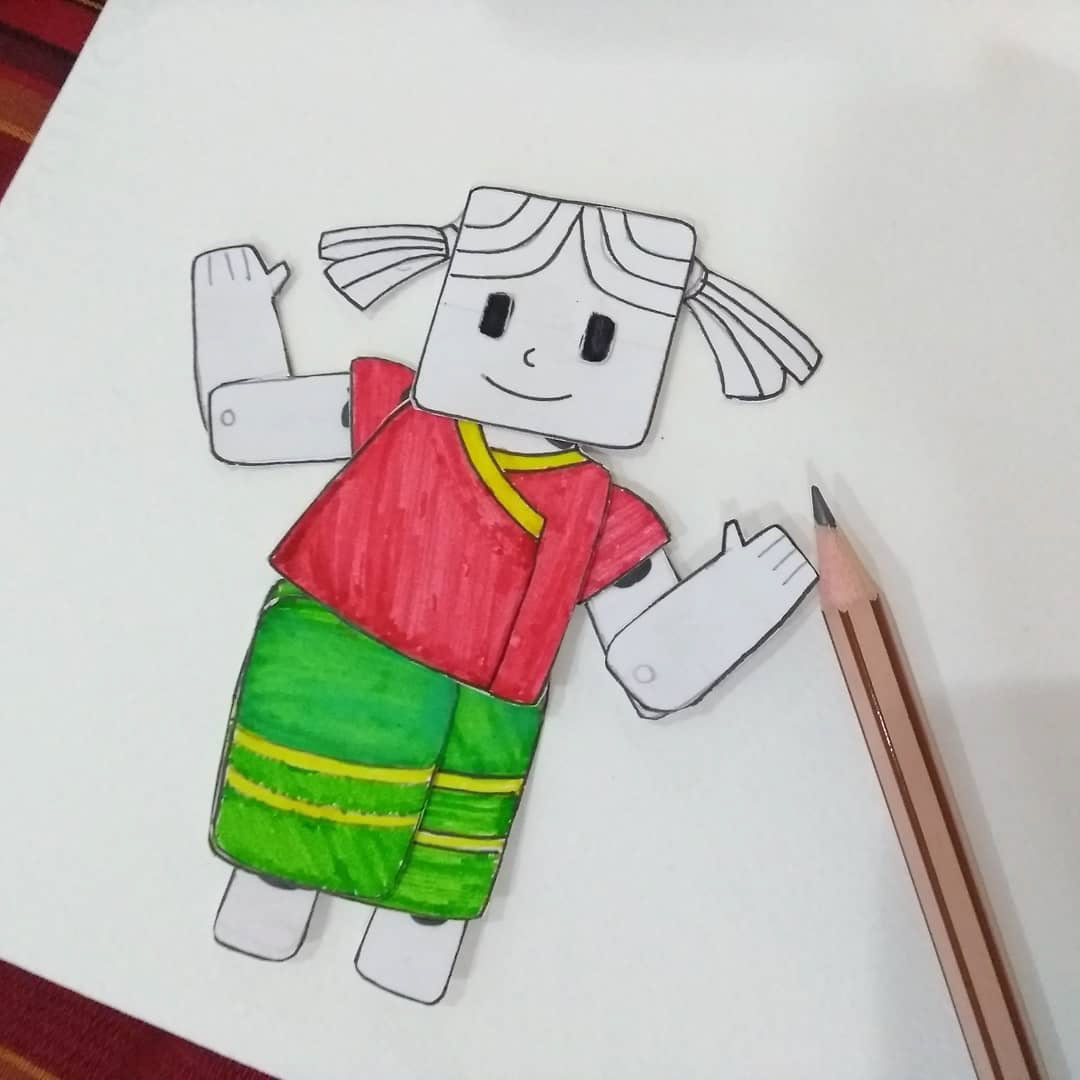
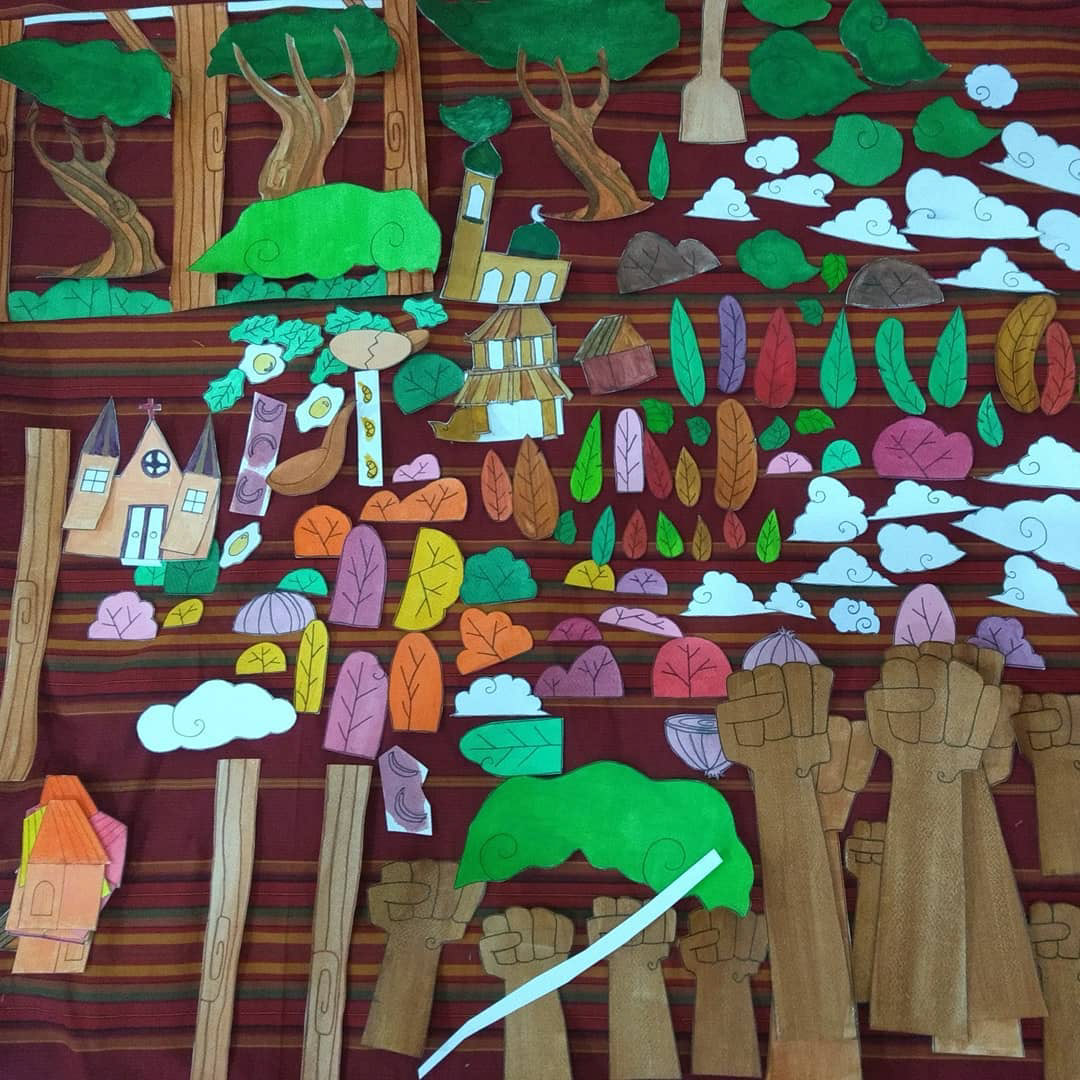




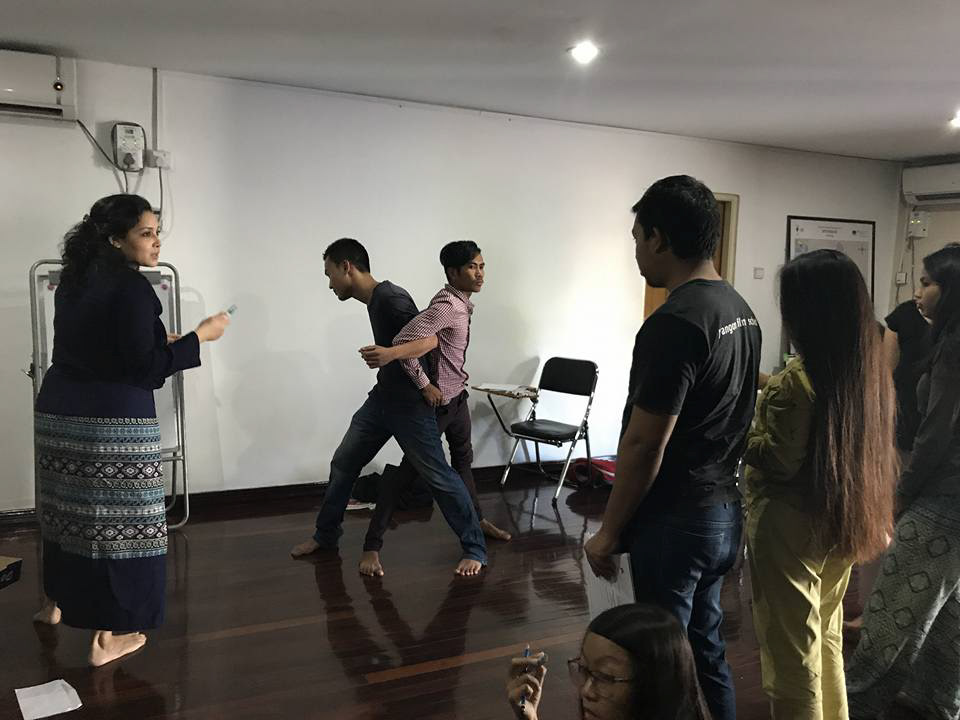
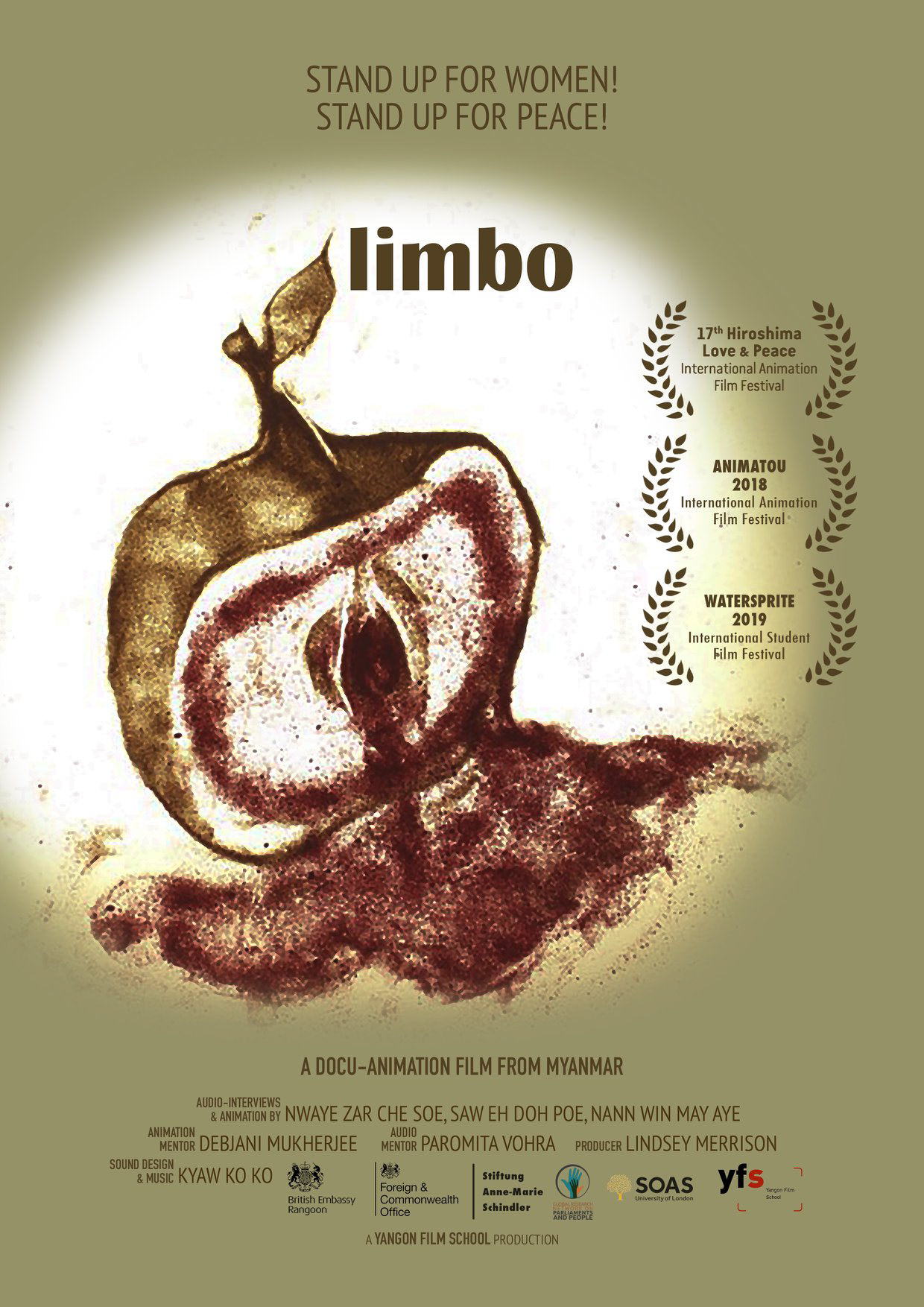
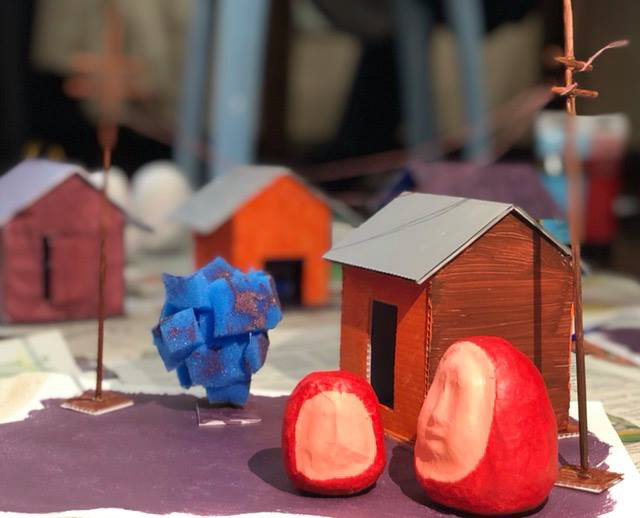
Collaboration with SMILE FOUNDATION and SIFFCY Film Festival for an online stop-motion animation workshop during the pandemic.
https://www.facebook.com/watch/live/?ref=watch_permalink&v=972464123184883
These films are made by the children of CRY, Smile Foundation, PVR Nest, Future Hope and New Light NGO's. Each of them is located in various remote places of India, have unique socio-political challenges, speak a different language, practice different artforms and belief systems.

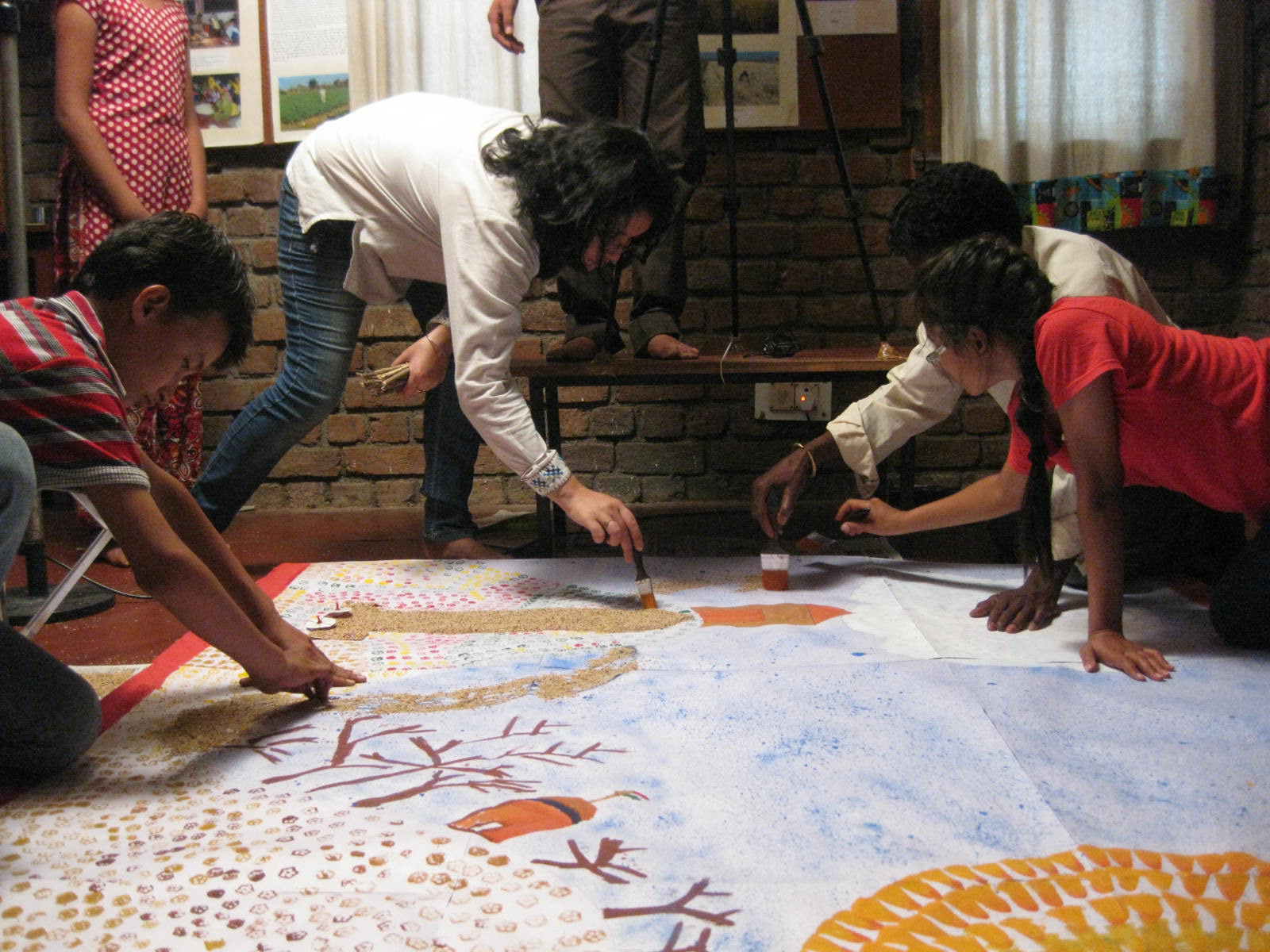
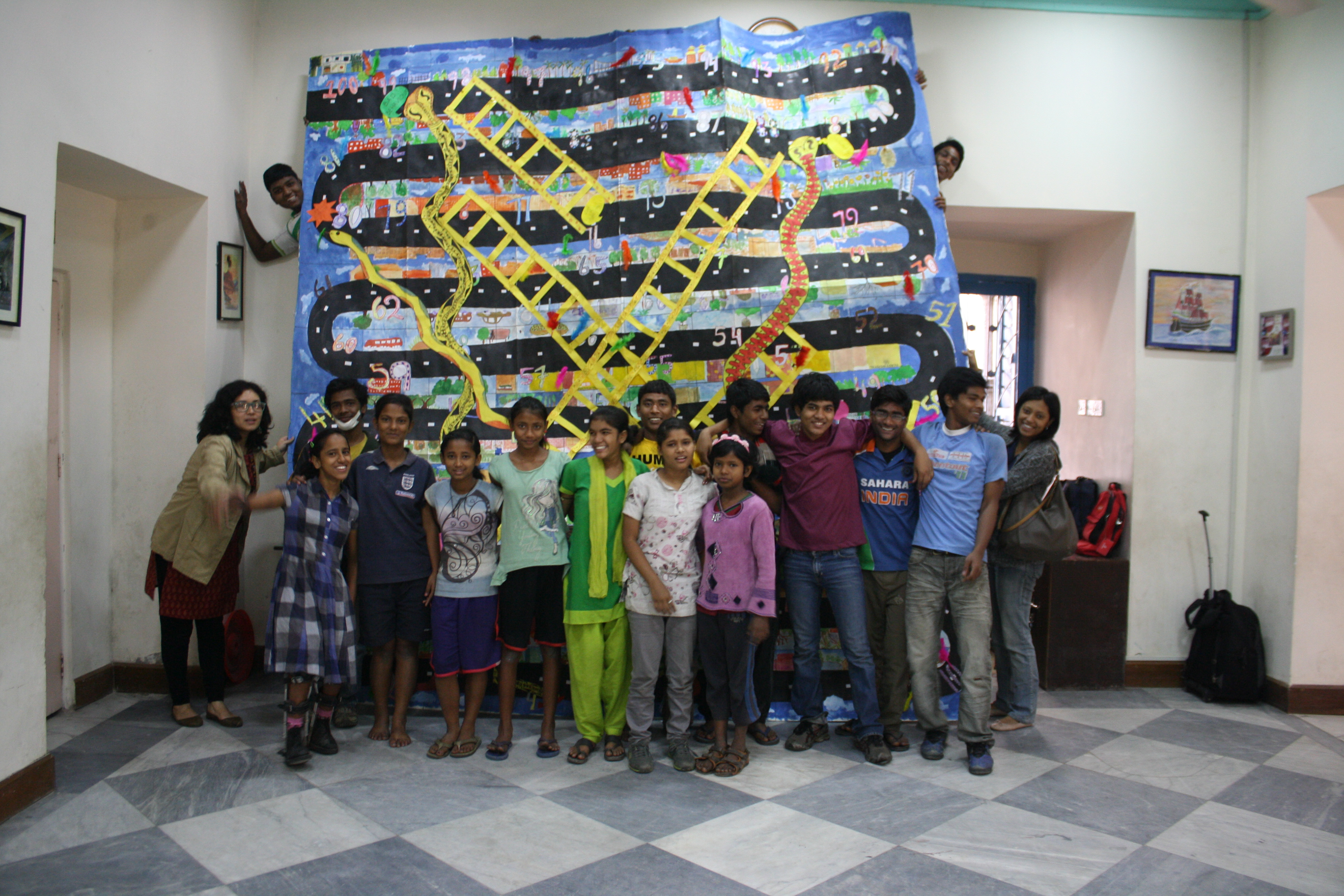

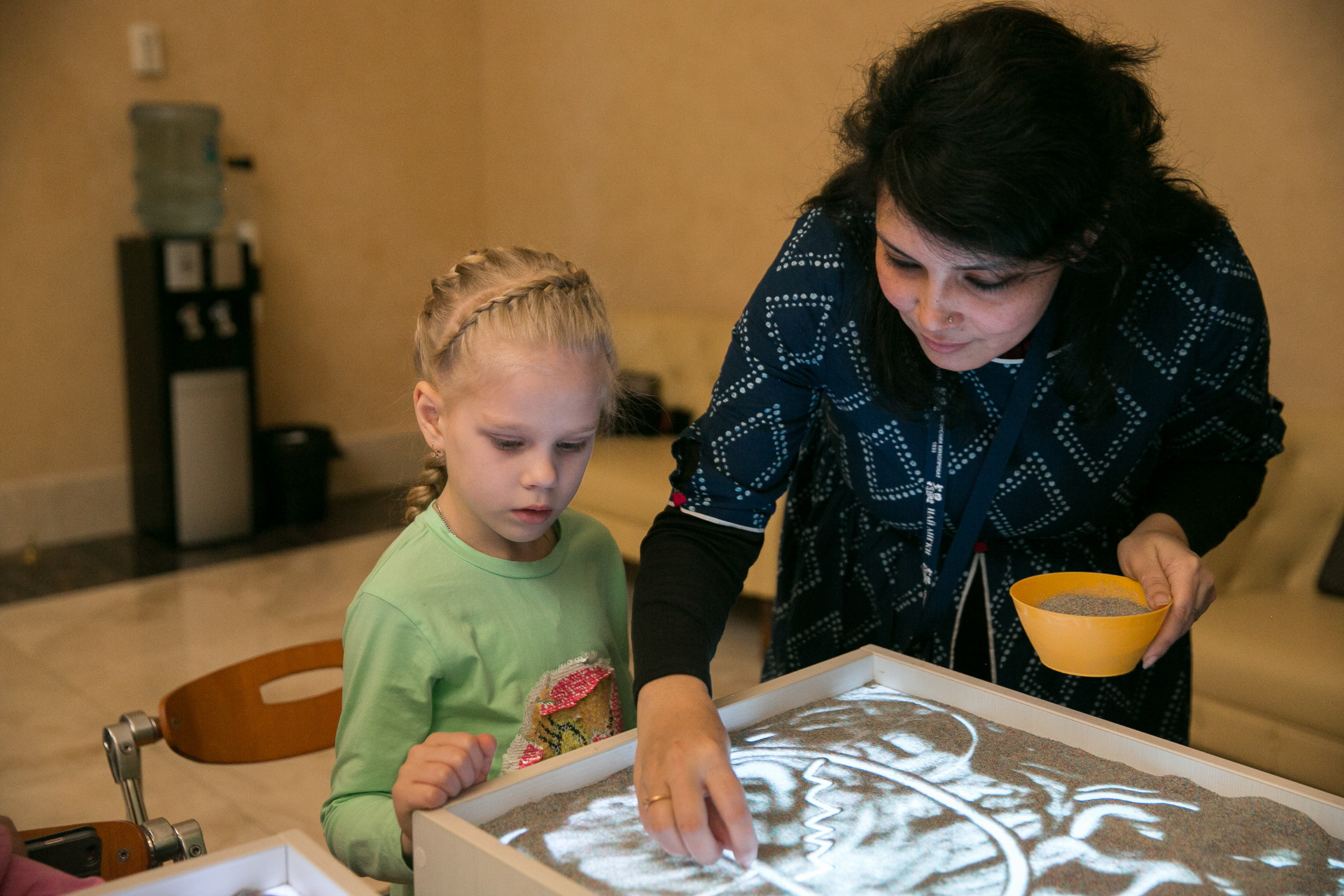
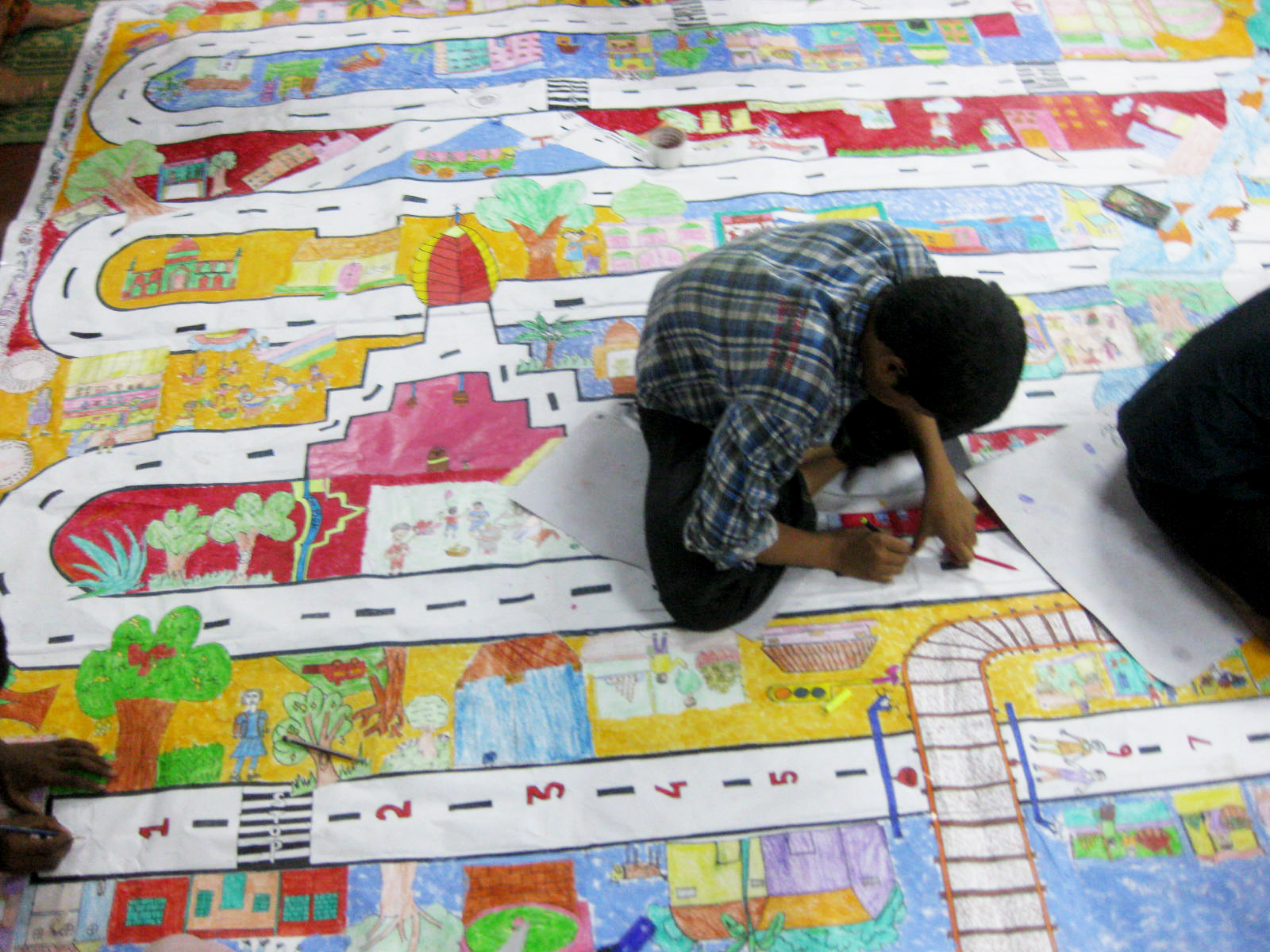

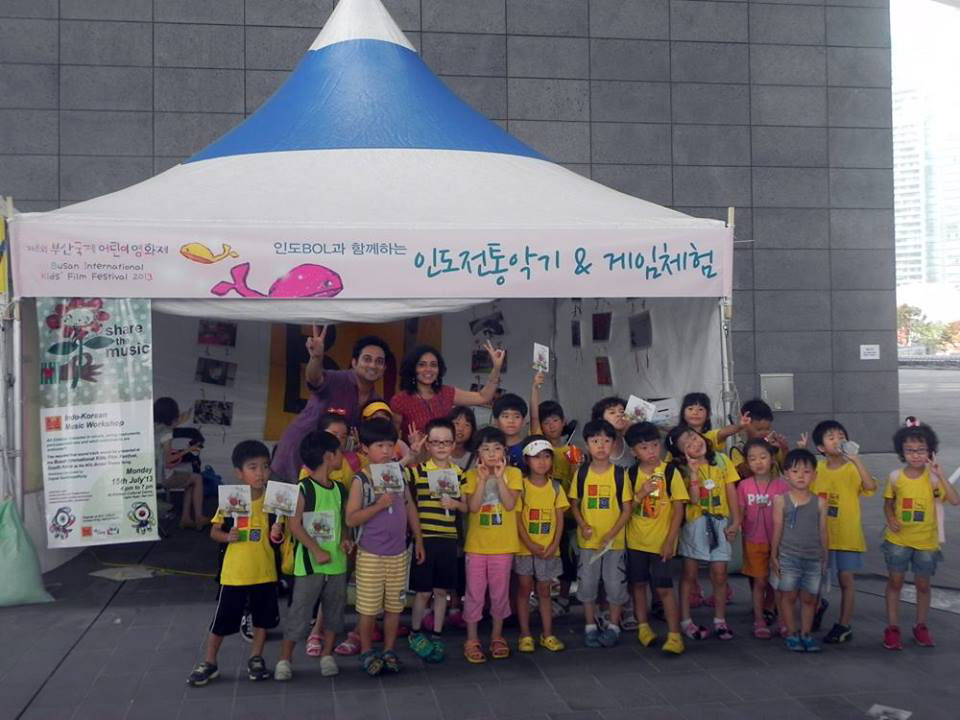
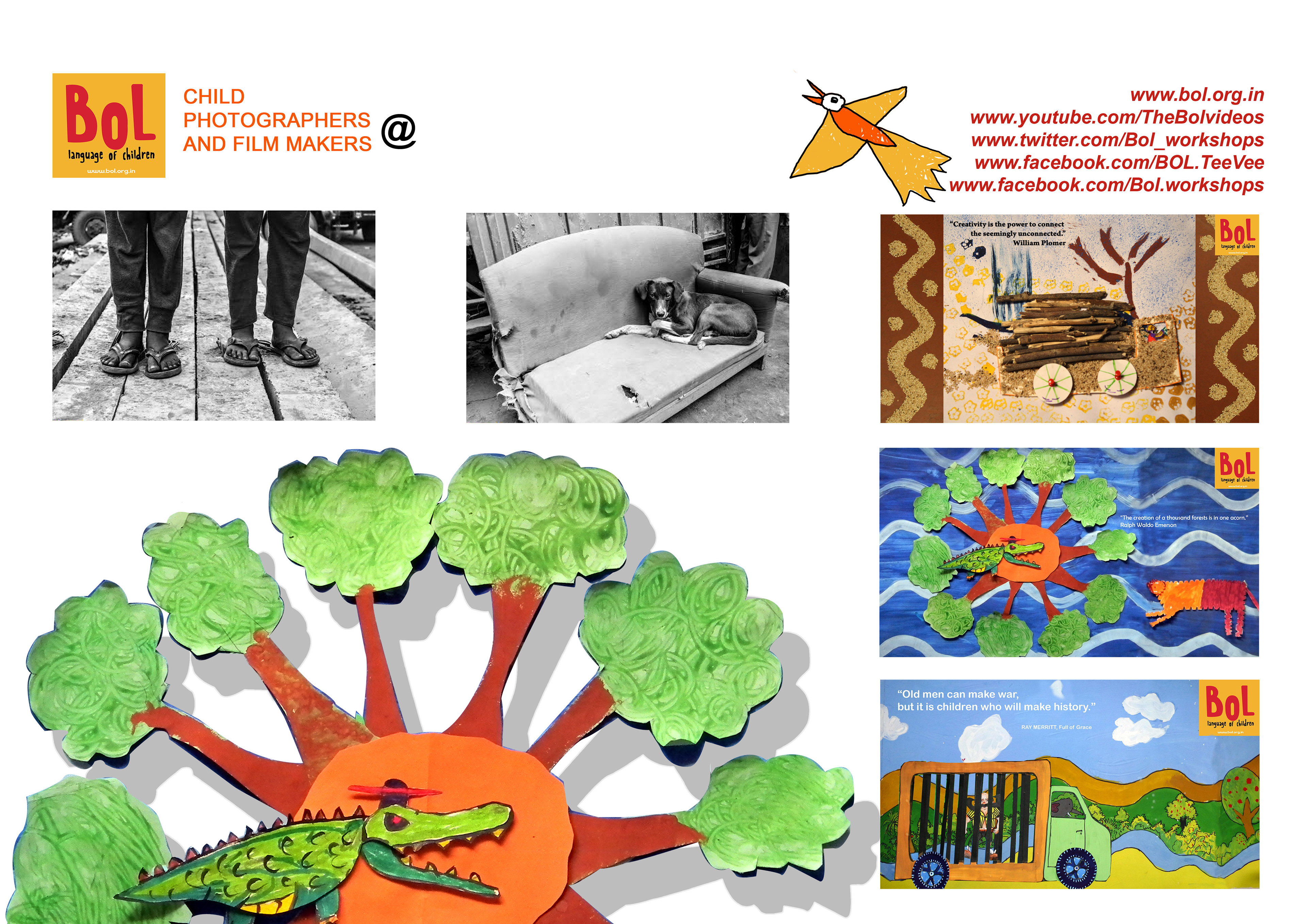
You can watch more films on

